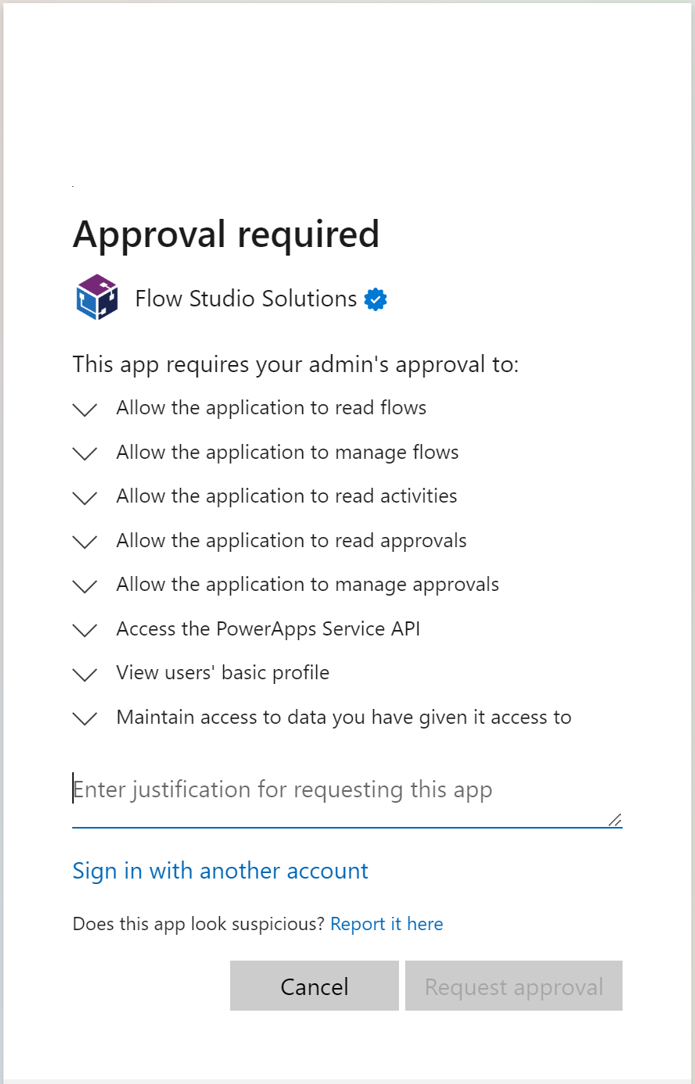Power Apps API changes - no longer accept Azure Management token
/There has been recently a major change to the API and authorization that Flow Studio uses to access the Power Platform. As we have just pushed the update to production, we want to take a bit of time to write this blog post - why we are doing this, and how it might affect you.
Flow Studio uses a mixture of APIs available through Azure, Microsoft Graph, and Power Platform to provide a tool that lets us focus on our flows, and make sure they continue running successfully. Since the very beginning in 2018, Flow Studio does this by requesting an Azure authorization token when the user logs in. Since the Power Platform APIs sit on top of the Azure platform, this token was sufficient to access across multiple APIs.
In 2021 there was a big update with Power Automate APIs and now in 2023 there's a second update with Power Apps APIs. As a result, we made the decision to switch to granular, Power Platform specific permissions.
Scope, Permissions
"read flows", "manage flows" are required permissions to access Power Automate - see and update your flows, shared flows or solution flows.
"read activities" allows Flow Studio to read recent Power Automate events - we use this to figure out which flows have been running recently.
"read approvals" and "manage approvals" are related to Power Automate's approval feature. Flow Approvals is not an area we currently have major feature development in, but it is a tab that we have available, so we ask for this permission to maintain the feature. Since Power Automate approvals v2, some of the data is also available via the default solution DataVerse entities. So if you are keen to do some approvals reporting, you can access them that way.
"Power Apps Service API" is for reading Power Apps and Power Platform connections.
"basic profile" is what most apps request to read the user's email address and display name.
"maintain access" is the "offline" access - since Flow Studio is a single web application we store your token in the browser's web storage temporarily (this is standard MSAL functionality).
Trust and Verified Publisher
Flow Studio is a trusted, verified publisher. This tick is provided by Microsoft, and tells our customers that we aren’t some random new app that’s popped up now asking for your permissions. We have been around since 2018, and have operated under Microsoft publisher guidelines in our use of the APIs and the care we have for our customers. If we do a bad thing, Microsoft knows how to find us.
We are a legal company registered in Australia, our office operates out of Sydney.
Path forward for Flow Studio
So from Flow Studio v1.1.41 or later - users will need to re-login and grant the new set of permissions to continue using Flow Studio.
Flow Studio for Teams and Enterprise is updated as of v0.1.070
Other users might be affected by this
If you use older versions of Power Platform Power Shell
If you have very old Power Apps connectors created from a long time ago
If you are using Office CLI to perform some actions on the Power Platform
You may see specific errors referring to "The received access token has been obtained from the wrong audience or resource".









